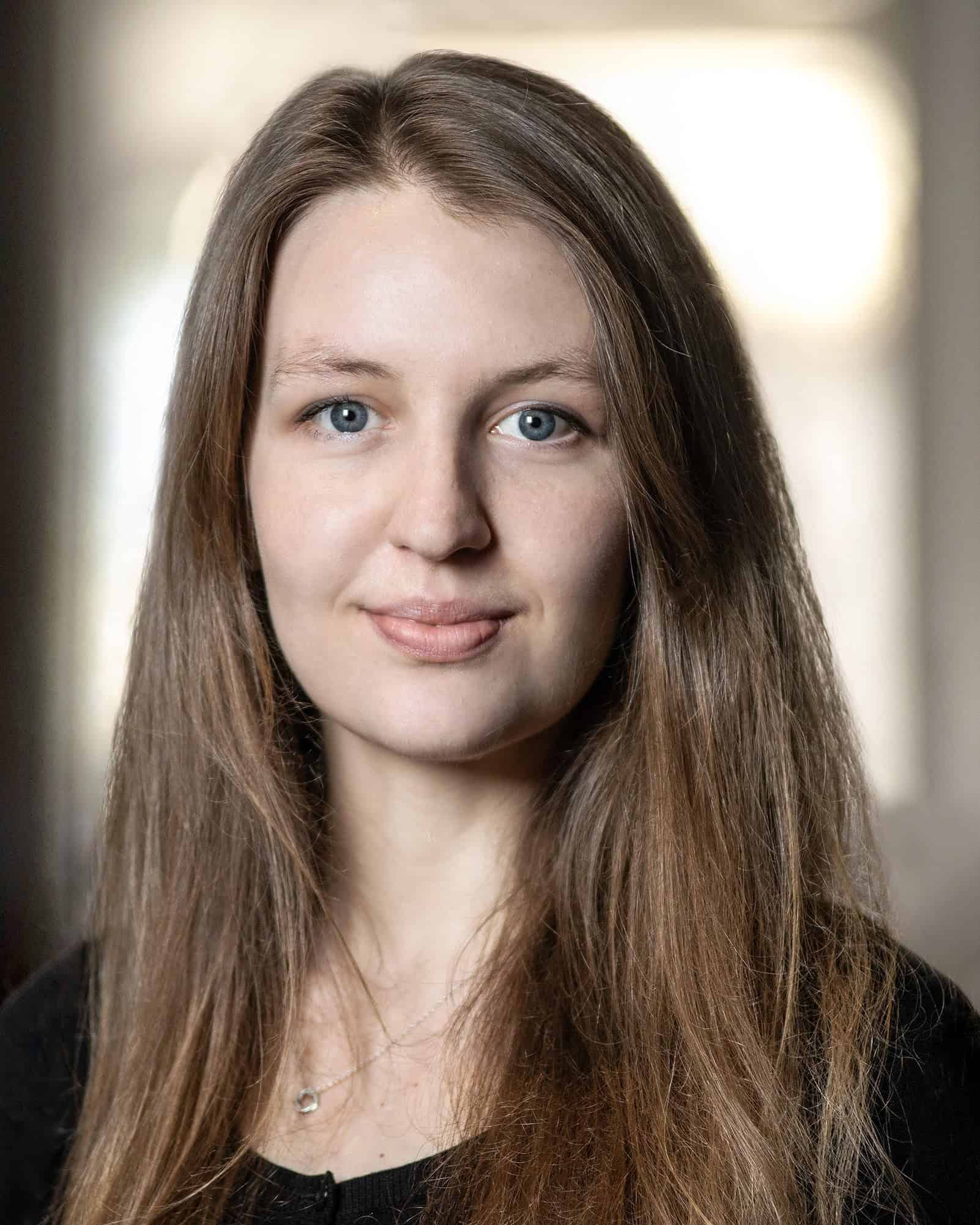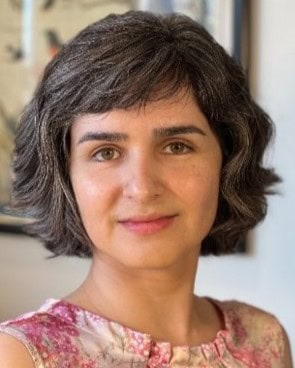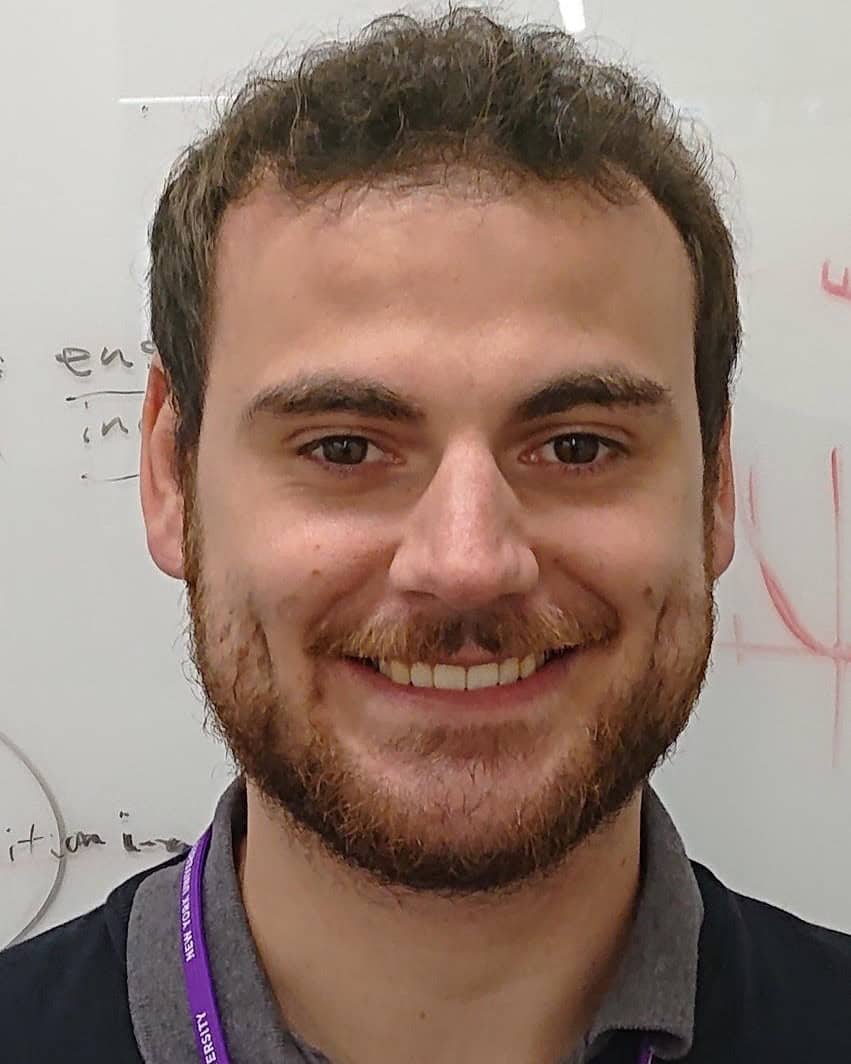Keynote & Tutorial
Quantifying Similarity between Neural Population Codes





Alex Williams1,2, Sarah Harvey2, Tahereh Toos3, Heiko Schütt4 and Niko Kriegeskorte3, 1New York University, 2Flatiron Institute, 3Columbia University, 4Université du Luxembourg.
Cognitive neuroscience is now flush with measurements of neural population activity in humans, animal subjects, and large-scale artificial network models. This keynote and tutorial will address an extensively studied, yet unresolved, question: What statistical methods should we use to quantify whether two or more neural systems have “similar” neural population activity? Indeed, there has been a proliferation of approaches ranging from linear predictivity scores, canonical correlations analysis (CCA), representational similarity analysis (RSA), Procrustes distance, and many more. To help practitioners navigate this complex menu of choices, we will describe a unifying conceptual framework that enables several simplifications. For example, we show that a variant of RSA called Normalized Bures Similarity is essentially equivalent to the Procrustes shape distance, which is in turn a constrained form of linear predictivity. Thus, many methods for comparing neural representations are both conceptually and mathematically related, raising the possibility that the computational neuroscience community may soon converge on a standardized set of software and approaches.
We will provide a hands-on tutorial of two Python packages: github.com/ahwillia/netrep and github.com/rsagroup/rsatoolbox. These packages enable users to quantify similarity of neural representations using a wide variety of alignment metrics and to perform inferential model comparisons. In addition to our existing documentation and code tutorials released on GitHub, we will provide participants with step-by-step starter code that can be executed on the cloud without any installation (using Google Colab), or executed locally (using jupyter notebooks).
After a short orientation, attendees will use these packages to compare network representations in simulated datasets to build intuition. Attendees will then apply these methods to experimental data. Open source fMRI data, neurophysiology data, and deep network activations will be provided. The tutorial will discuss practical issues: how to deal with noisy data, partial observation of neurons within a circuit, et cetera.